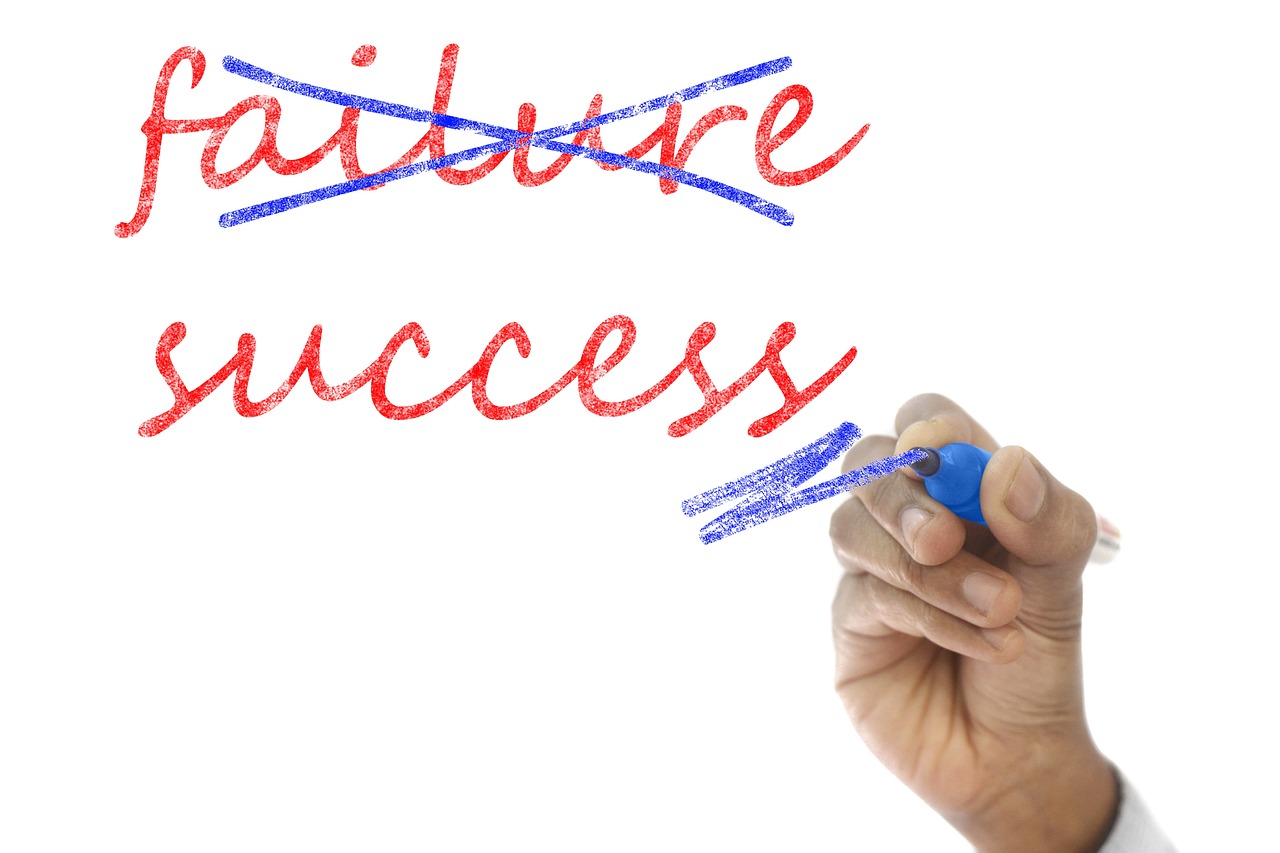The Importance of Diversity and Inclusion in Business
Diversity and inclusion are essential components of a thriving workplace environment. Embracing diverse perspectives and backgrounds fosters creativity and innovation within teams. When individuals with unique experiences come together, they bring a variety of ideas to the table, leading to more robust problem-solving and decision-making processes. Inclusive workplaces also promote a sense of belonging, which can enhance employee morale and satisfaction, ultimately boosting overall productivity.
Furthermore, embracing diversity and inclusion in the workplace is crucial for attracting and retaining top talent. In today’s globalized world, organizations that prioritize inclusivity are more likely to appeal to a broad range of job seekers. Employees are increasingly seeking out environments where they feel valued and respected for who they are, regardless of their background. By cultivating a diverse and inclusive workplace culture, companies can create a positive reputation that attracts a diverse pool of qualified candidates, contributing to a more dynamic and high-performing workforce.
Benefits of Embracing Diversity and Inclusion
Diversity and inclusion in the workplace have been shown to enhance creativity and innovation. Different perspectives and experiences bring fresh ideas to the table, fostering a culture of continuous improvement and adaptation. When employees feel valued and respected for their unique backgrounds, they are more likely to contribute their best work and collaborate effectively with their colleagues.
Furthermore, embracing diversity and inclusion can lead to increased employee morale and engagement. A sense of belonging and acceptance in the workplace can improve job satisfaction and overall well-being. This, in turn, can positively impact retention rates, as employees are more likely to stay with a company where they feel supported and appreciated.
Challenges of Achieving Diversity and Inclusion
In the pursuit of diversity and inclusion in the workplace, one of the primary challenges often encountered is resistance to change. Some individuals may be hesitant to embrace diversity initiatives due to fear of the unknown or a reluctance to step out of their comfort zones. This resistance can create barriers to progress and hinder efforts to create a more inclusive environment where all employees feel valued and respected.
Another common challenge in achieving diversity and inclusion is unconscious bias. These biases, which are often deeply ingrained and unintentional, can lead to discriminatory behaviors and decision-making processes that undermine the goal of creating a diverse and inclusive workplace. Addressing and overcoming these biases requires ongoing education, awareness, and a commitment to fostering a culture of inclusivity that values and celebrates differences among individuals.







